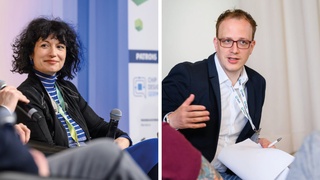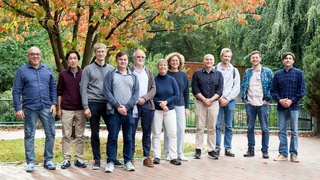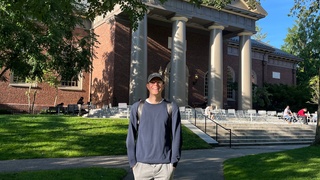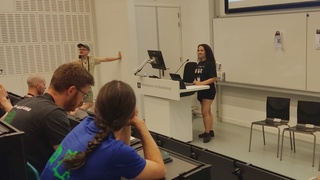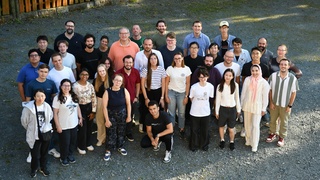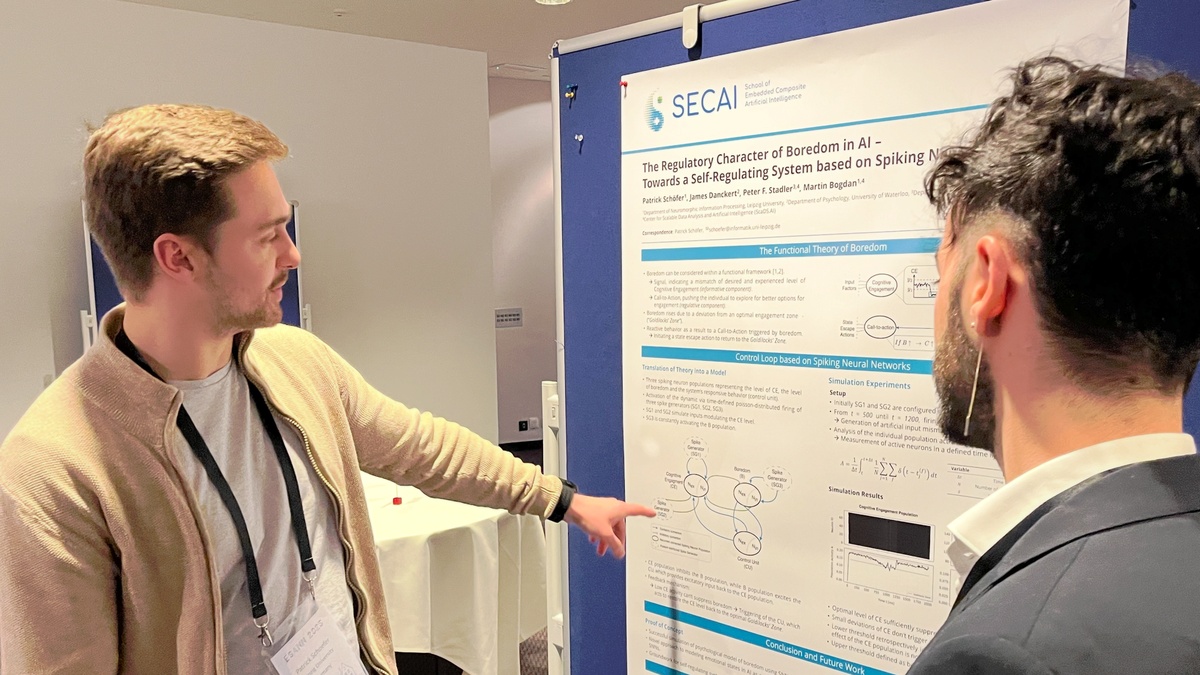
June 17, 2025
Patrick Schöfer Attends the ESANN Symposium in Brussels
As part of the 33rd European Symposium on Artificial Neural Networks, Computational Intelligence and Machine Learning (ESANN) in Brussels, Patrick Schöfer presented the latest results of his research on modelling the functional character of boredom using artificial neural networks. The symposium is considered an important platform for researchers in the fields of artificial neural networks, machine learning, and cognitive systems and provided the ideal setting for him to present his interdisciplinary work between affective neuroscience and machine learning to an international audience of experts.
Since January last year, Patrick Schöfer has been a doctoral student in the Neuromorphic Information Processing Research Group at the University of Leipzig, where Prof. Dr. Martin Bogdan supervises him. His research focuses on the question of how emotional states – in particular boredom – arise, how they can be represented in computational models, and how such mechanisms can be functionally integrated into AI systems to enable more adaptive and autonomous behaviour.
Patrick attended the 33rd European Symposium on Artificial Neural Networks, Computational Intelligence and Machine Learning (ESANN) in Brussels, which has become an important reference for researchers working on the fundamentals and theoretical aspects of artificial neural networks, computer-based intelligence, machine learning, and related topics. As Patrick's research area overlaps with fields of psychology and cognitive science, he was particularly interested in the special session on machine learning and applied artificial intelligence in cognitive sciences and psychology. As part of this session, he submitted his paper titled The Regulatory Character of Boredom in AI – Towards a Self-Regulating System based on Spiking Neural Networks and presented it during a poster session.
The content of the paper arose from interdisciplinary exchanges in Canada with Prof. Dr. Martin Bogdan (University of Leipzig) and Prof. Dr. James Danckert (University of Waterloo, Canada) and presents an initial model that describes the phenomenon of boredom within a functional framework. The underlying regulatory mechanism is implemented as a homeostatic feedback loop using spiking neural networks (SNNs) and responds to deviations in external stimuli. This approach provides an initial basis for researching how emotional states such as boredom can be modelled in the form of self-regulating systems based on SNNs. The work was invited as one of the best papers for further, in-depth publication in the highly renowned journal ‘Neurocomputing’ (cite index 5.1).
